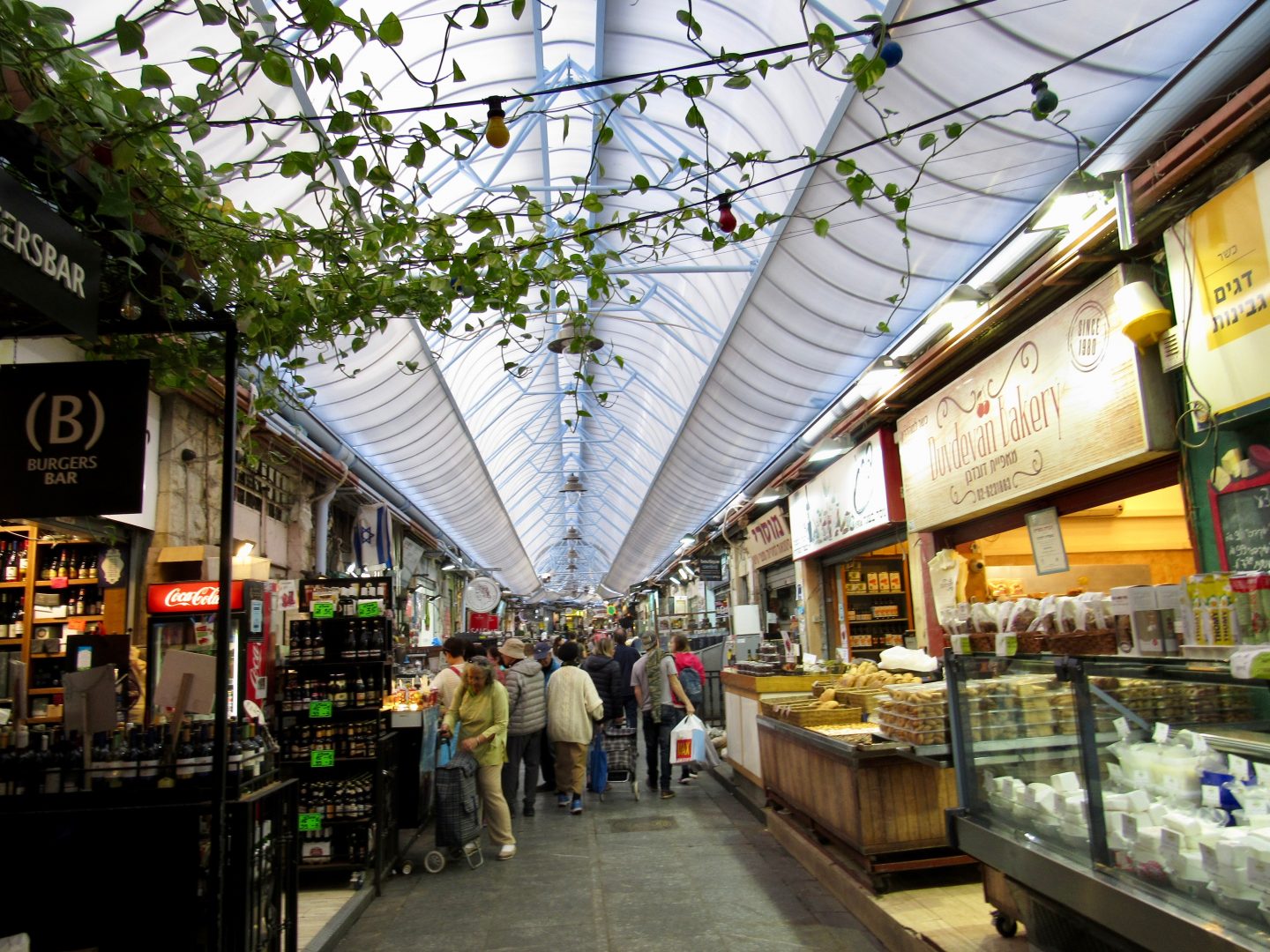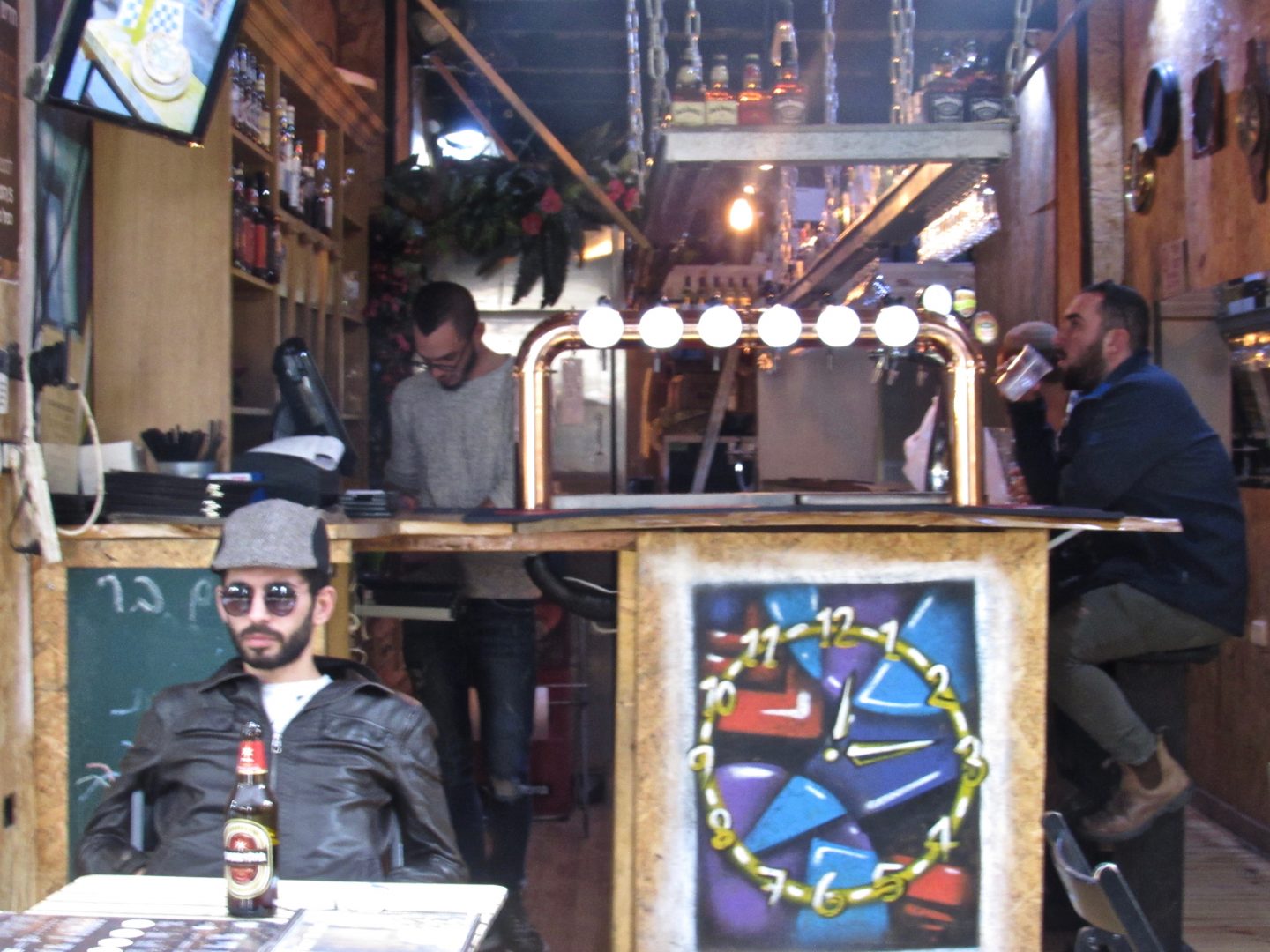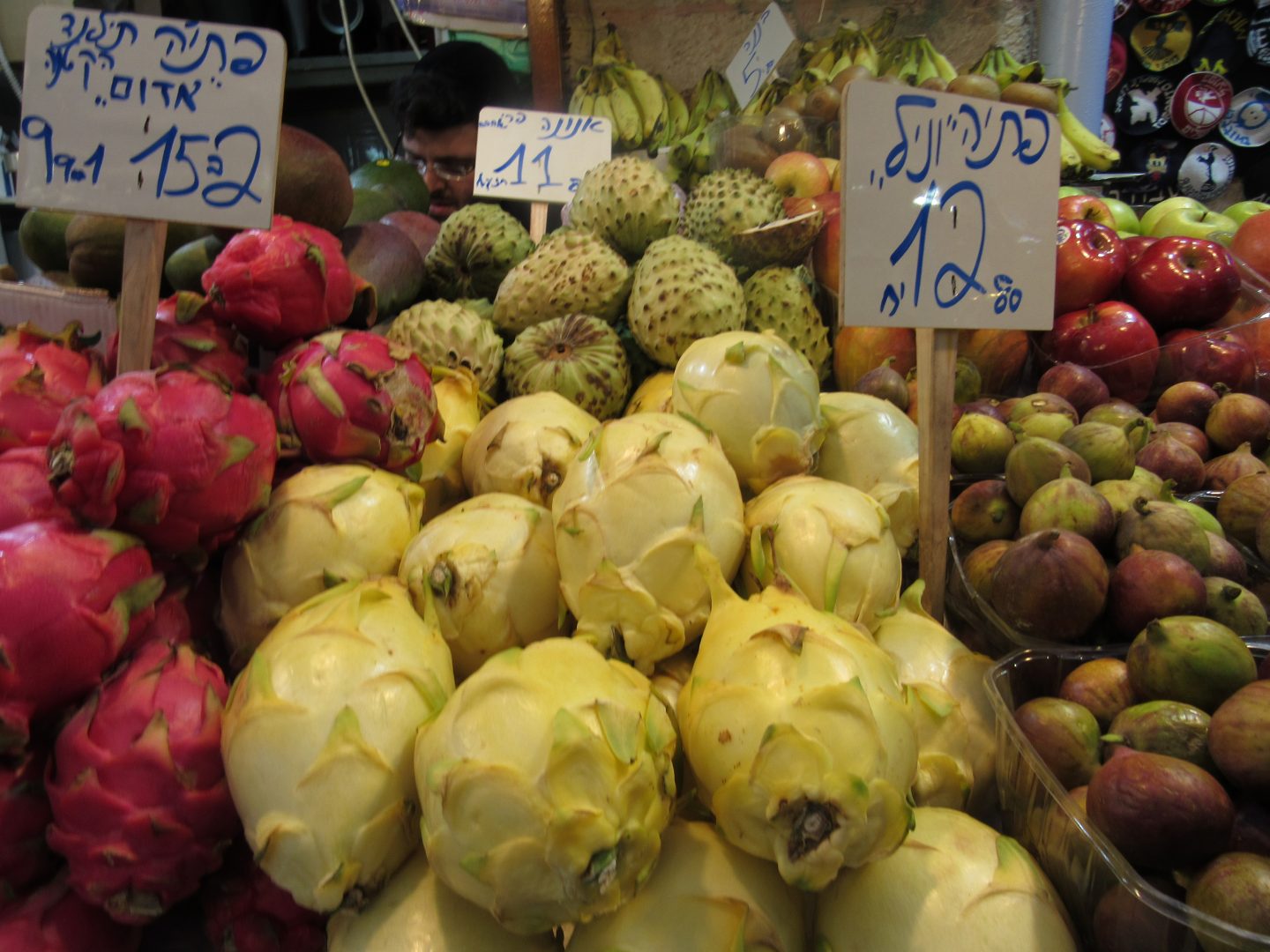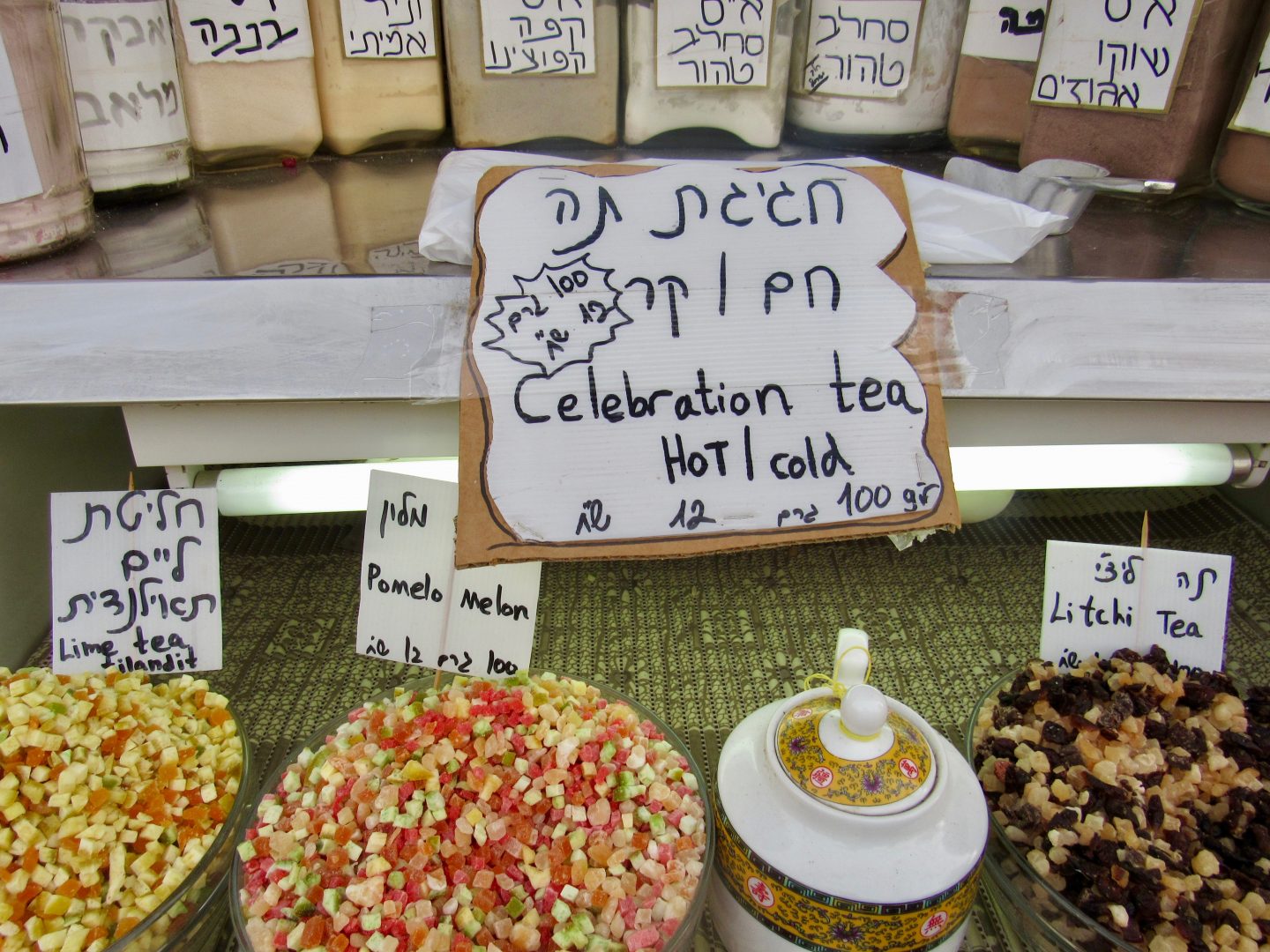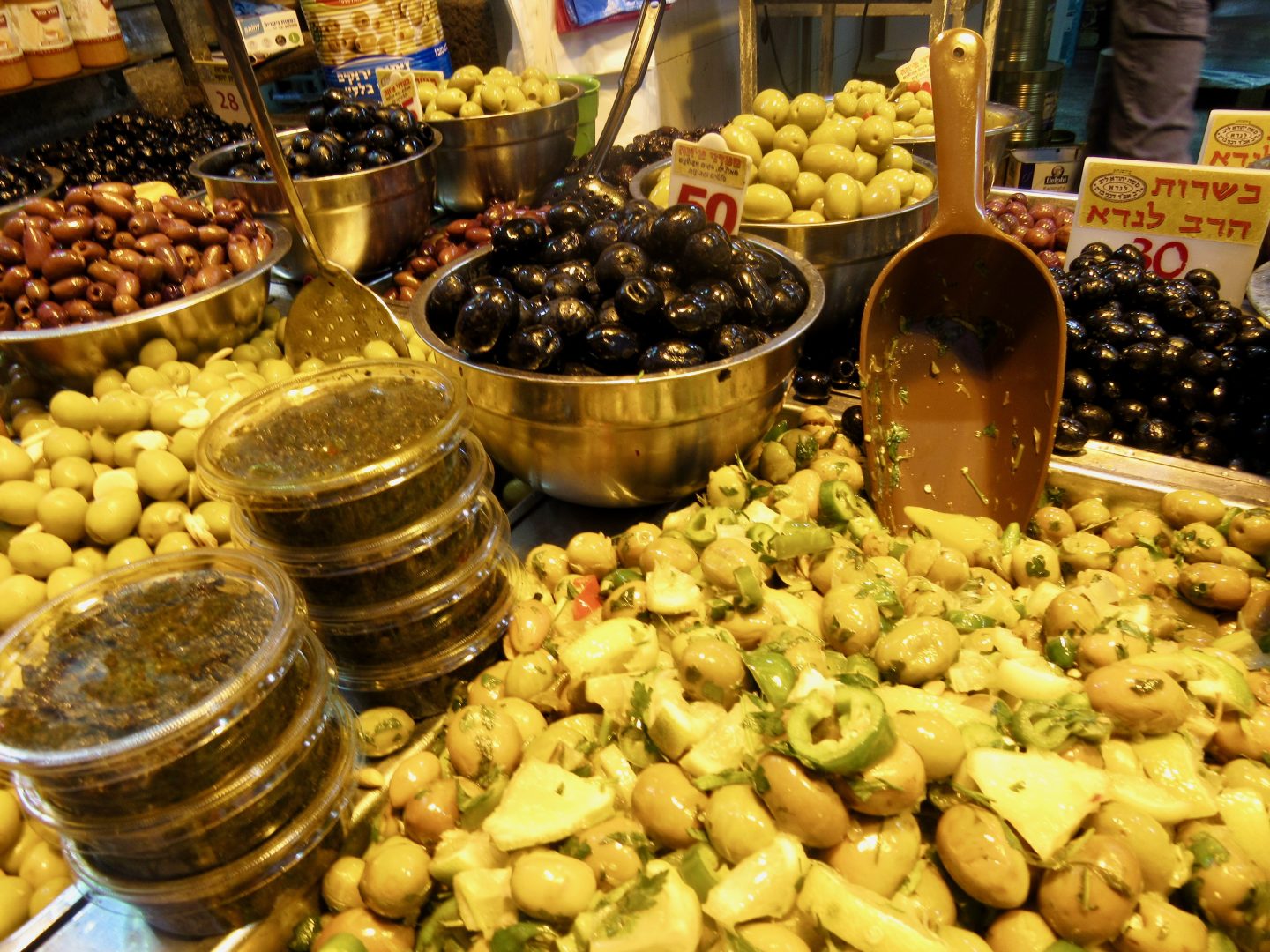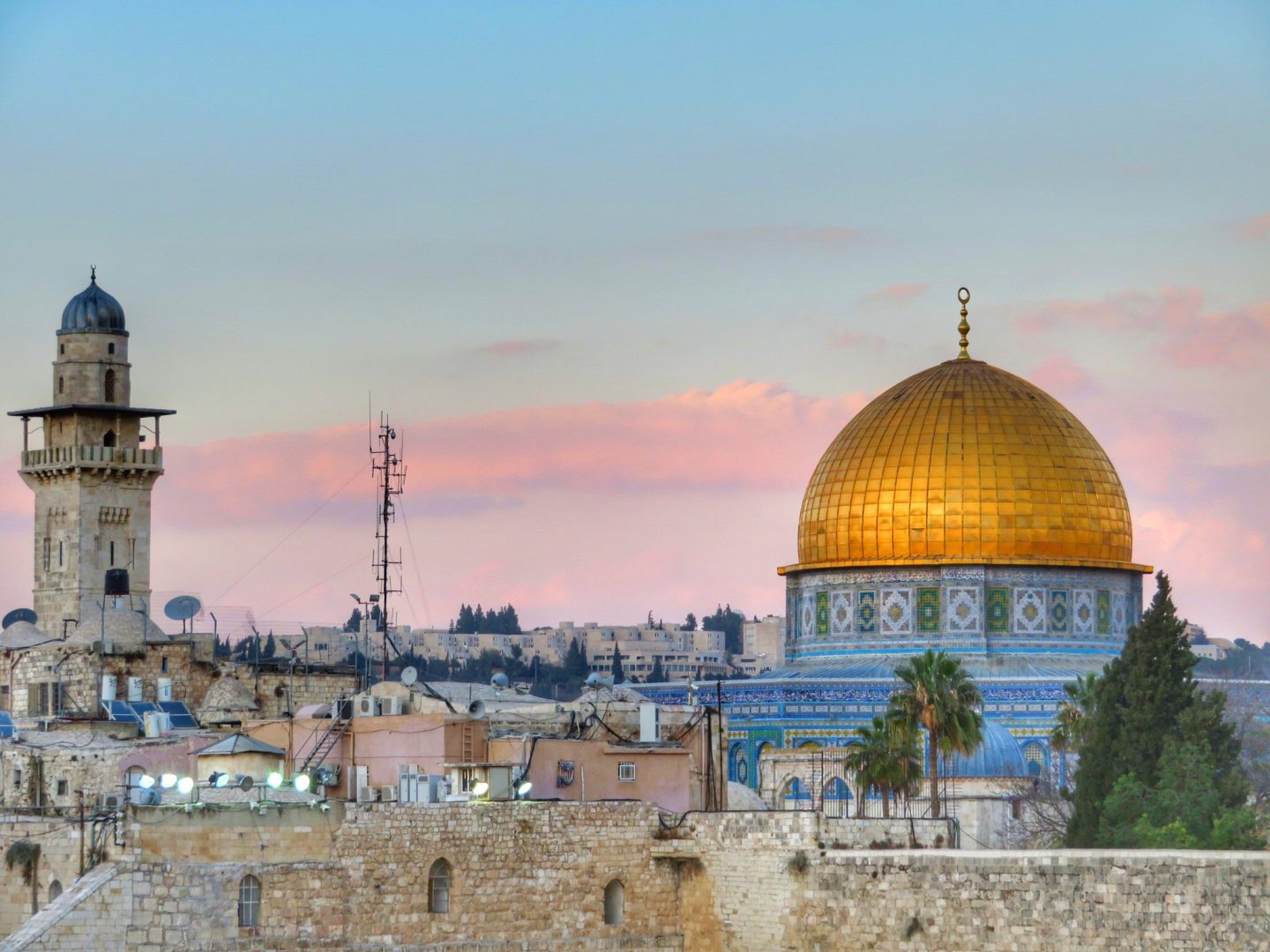I took a course on rural tourism organized by MASHAV and they took us to Jerusalem for the day on a field trip. It’s two hours by car from Haifa, where we were staying, to Jerusalem. Our first stop was at the Yad Vashem Holocaust Museum and then we continue to the old city. This city is important for Jews because it is where the Temple Mount and the Wailing Wall are located.

It is equally important for Christians because of the Church of the Holy Sepulcher, where they crucified and buried Jesus. And for Muslims because of the Dome of the Rock and the al-Aqsa mosque.

It is not surprising that Jerusalem is a place that receives tourism from pilgrims of the three major religions of the world. In addition, it is a controversial site, since Israel and Palestine, both consider it its capital.
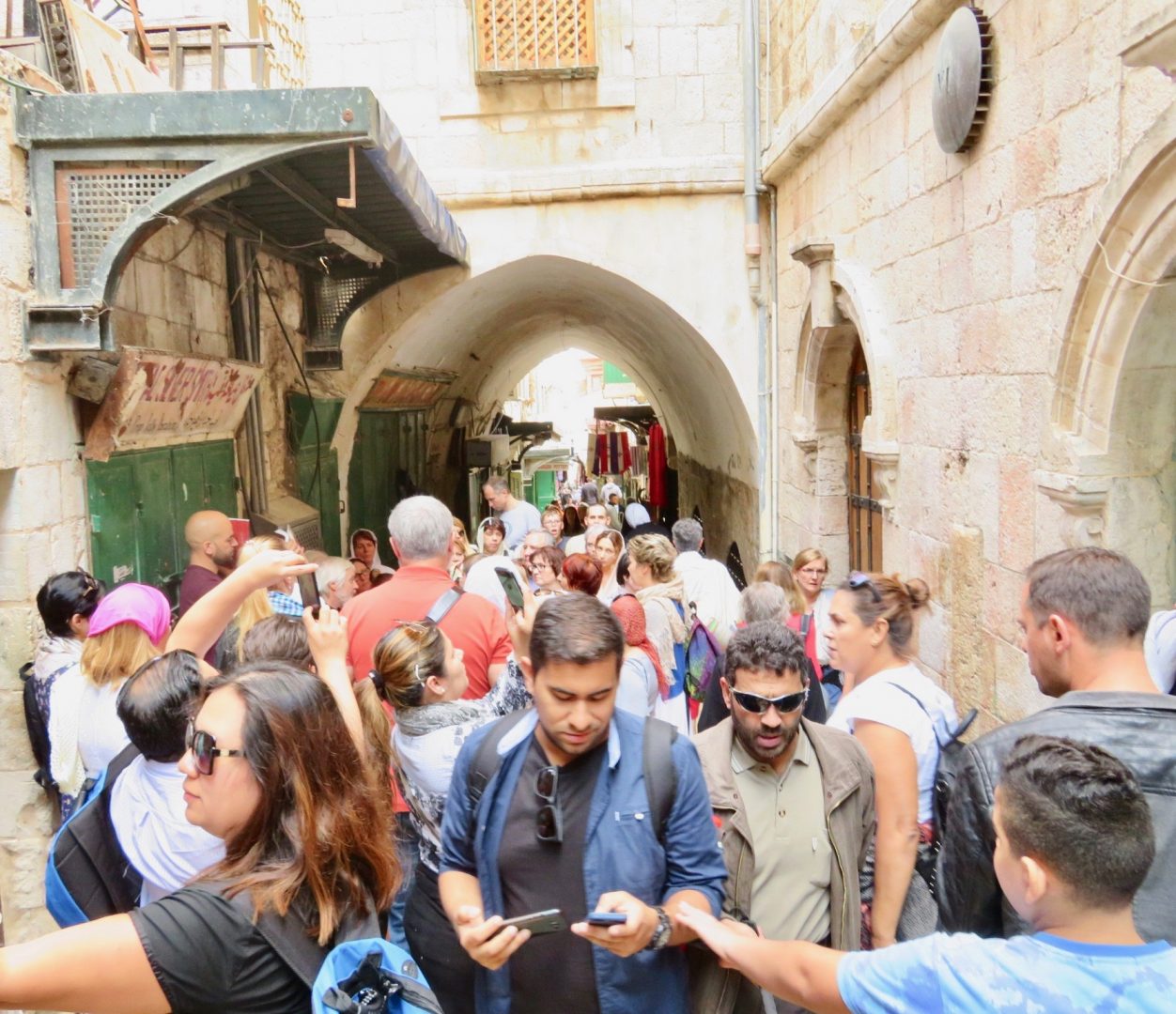
Jerusalem is a World Heritage Site
The old city of Jerusalem has 0.9 square kilometers (90 hectares) that makes it relatively small for its global importance. Traditionally, it was divided into four: the Muslim Quarter, the Jewish Quarter, the Christian Quarter and the Armenian Quarter. We went through all.
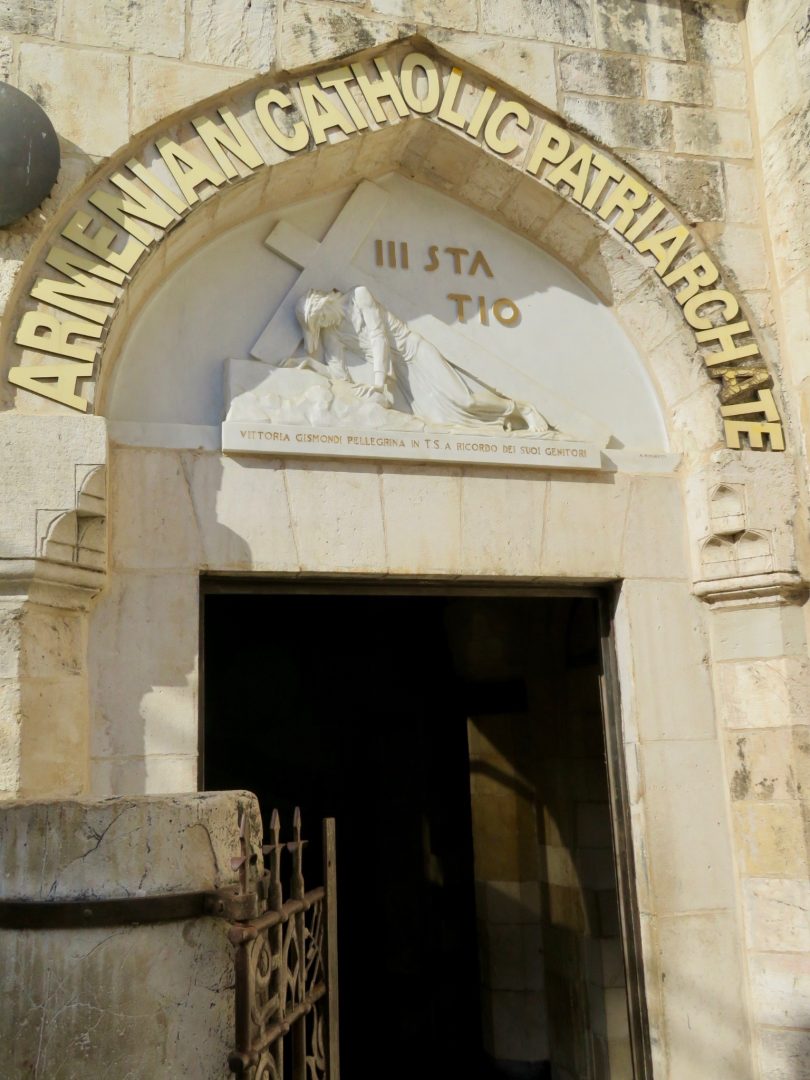
The Arab quarter is pure shopping, like the Christian who also has a religious theme. The noise stops when you finally reach the Jewish quarter, there are only a few restaurants and shops a little more refined (without the typical harassment of the medinas).
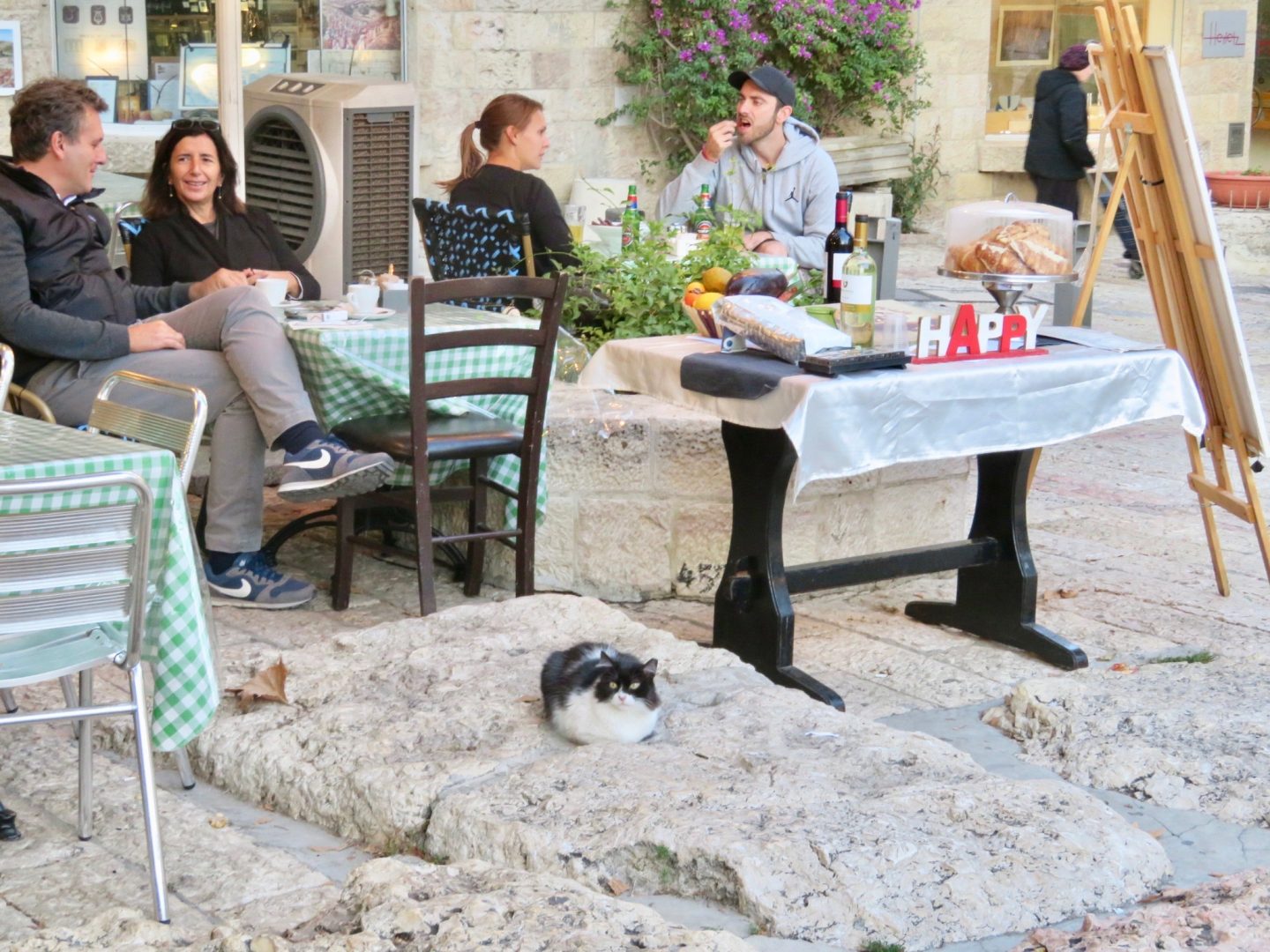
The majority of the population is Muslim, since the Jews were expelled in 1948 when the Arab-Israeli war took place and the city was captured by Jordan. In 1967, during the Six Day War, Israeli forces recovered the entire area including East Jerusalem. However, the United Nations declared this annex invalid and most countries consider it occupied Palestine.
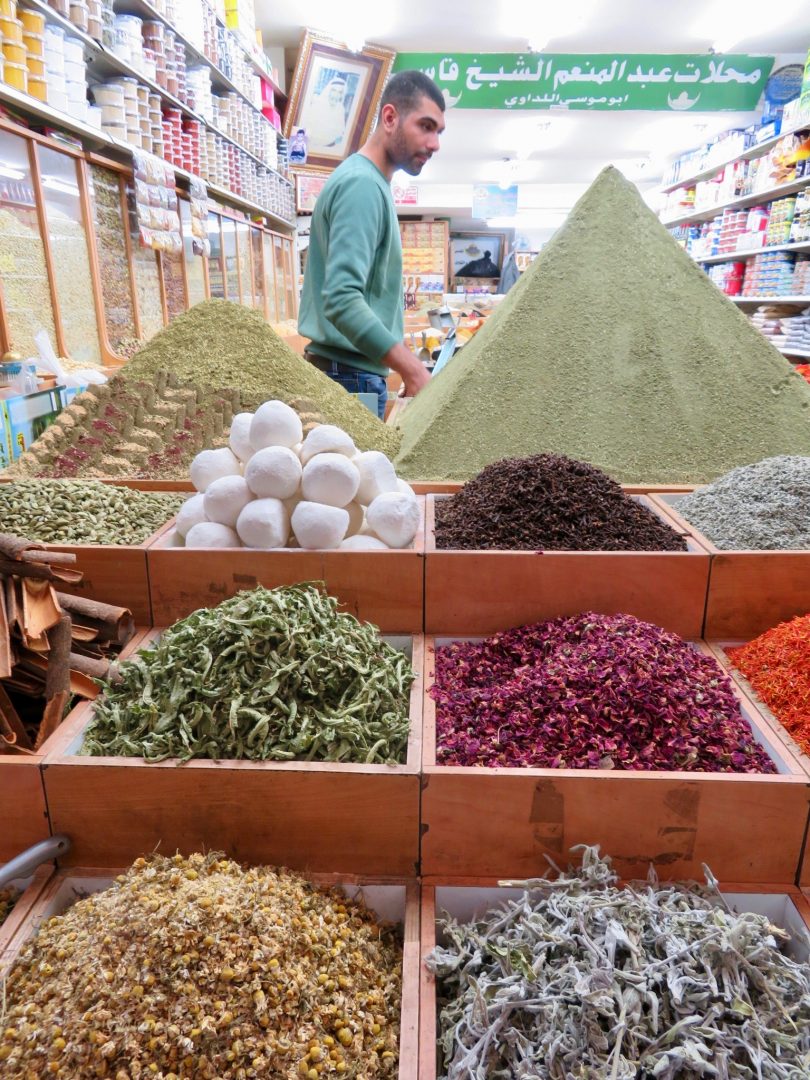
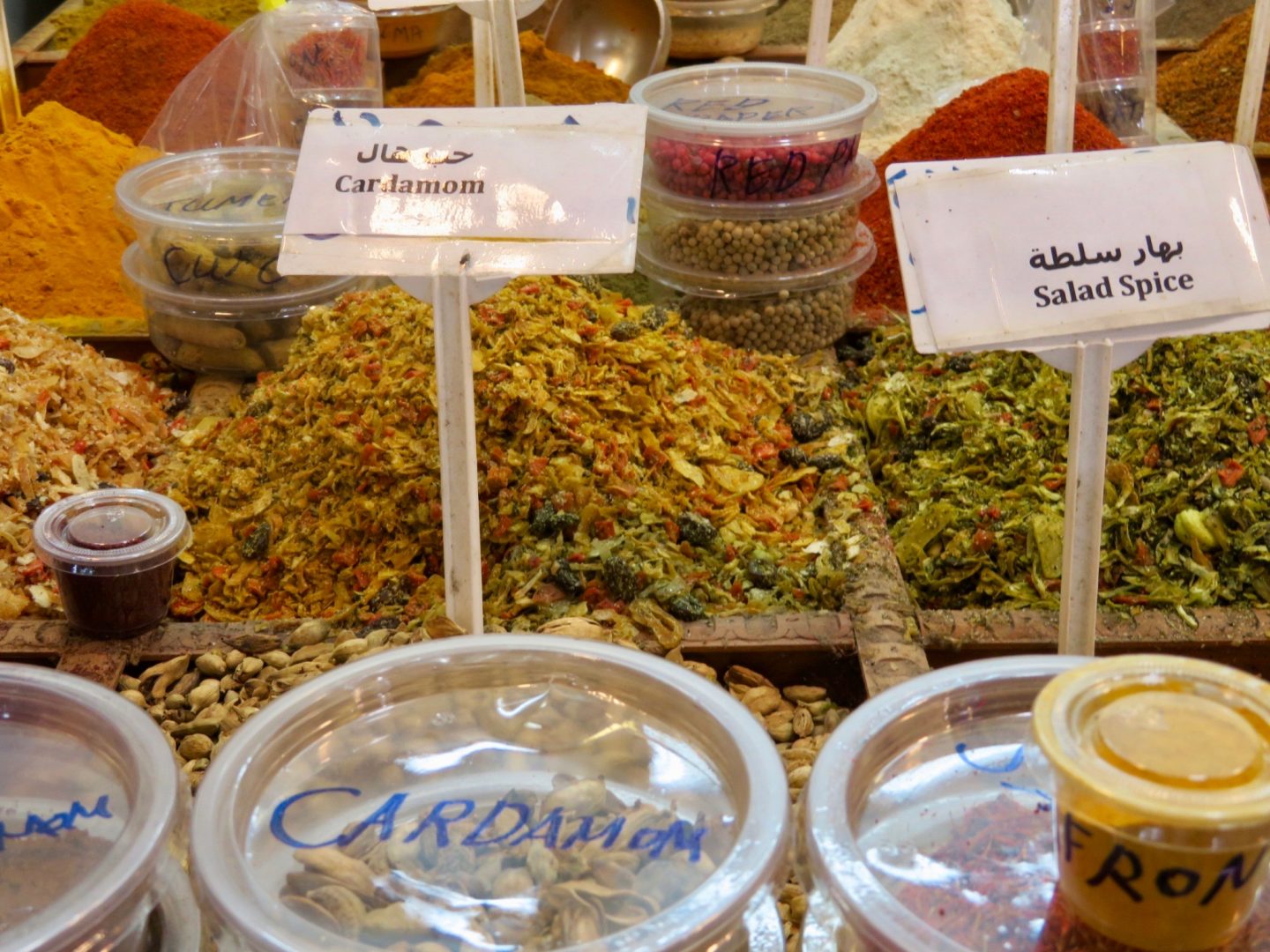
In 1981, UNESCO included Jerusalem in the list of World Heritage Sites.
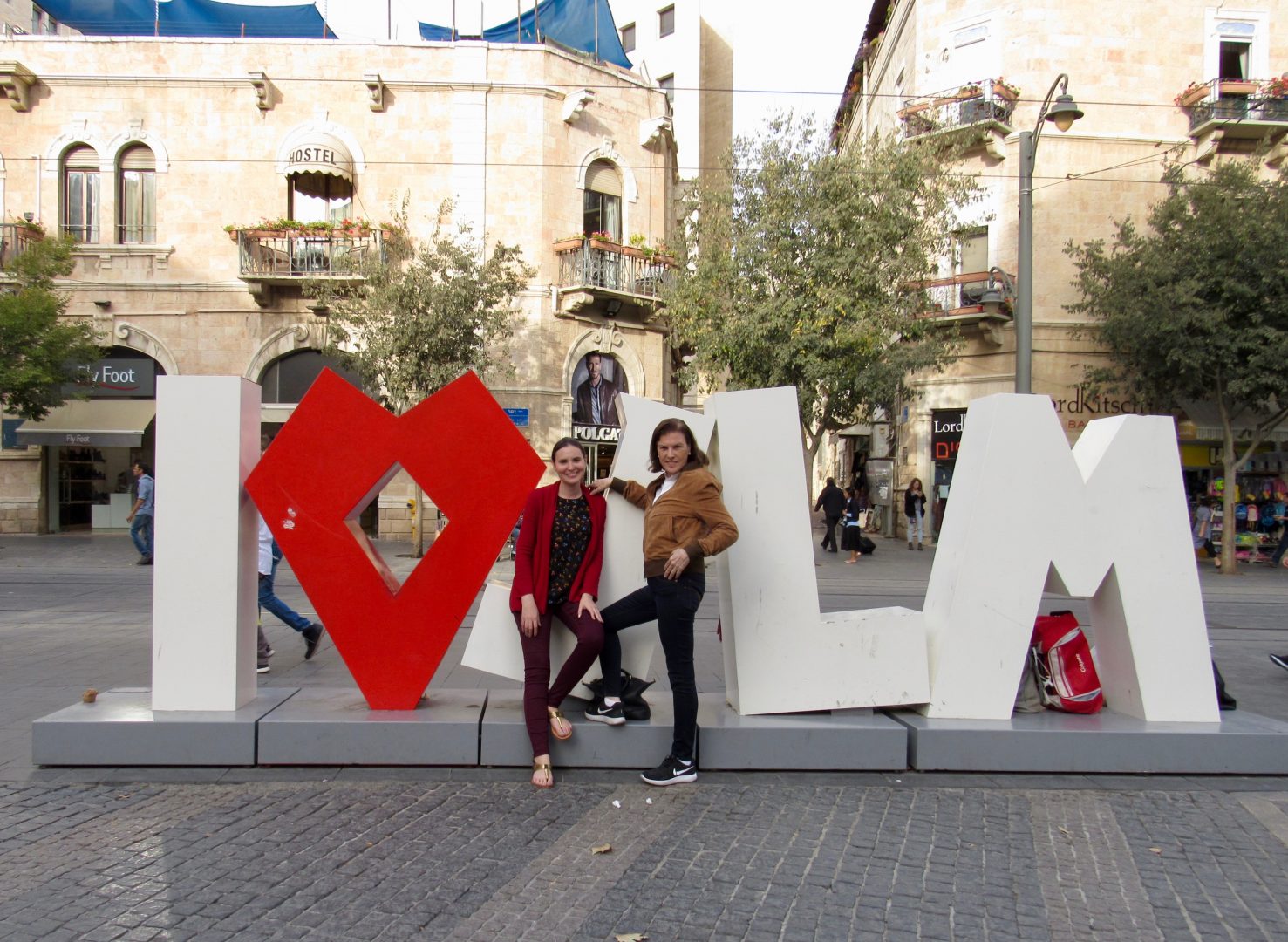
Ancient history
According to Chronicles of the Bible, Jerusalem was conquered by King David in 1003 BC. Before, this city was of the Jebusites, a Canaanite tribe. The Bible says that the city was fortified, a fact that was checked by archaeologists.
The son of King David, Solomon, was the first to build the temple, which he named after himself. When he died in 962 BC it divided the Jewish people and as a result the country was divided into two: Israel with its capital in Samaria and Judah with its capital in Jerusalem.
The city was attacked many times, but it resisted until 587 BC. when it was conquered by King Nebuchadnezzar II and became part of the Babylonian Empire. The temple was destroyed and the Jews exiled until 530 a.C. when Persia conquers Babylon and allows the return of the Jews. When they returned to Jerusalem they rebuilt the temple and the city.
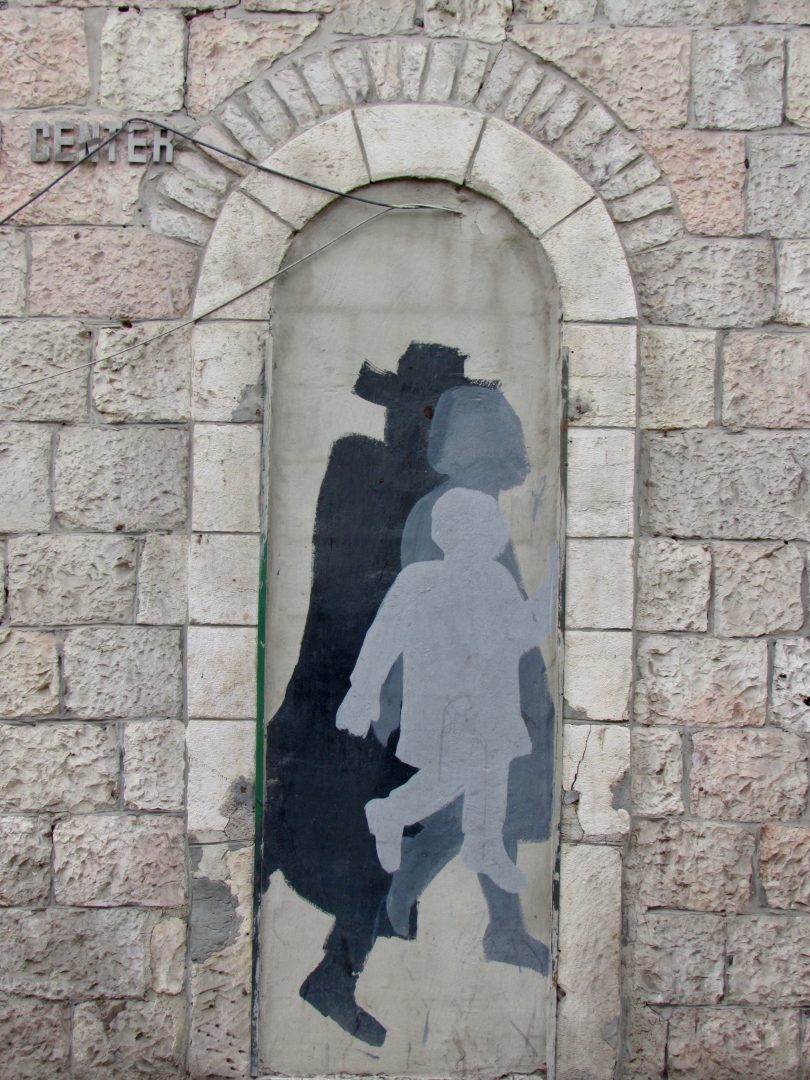
Second destruction of the Temple
Persia is conquered by Alexander the Great in 332 BC and eventually it was annexed to the Roman Empire in 64 BC. King Herod built the current Wailing Wall in 20 BC as the west wall of the second temple. He was known as a great builder and dedicated himself to renovating the temple. Unfortunately, the second temple was destroyed by General Tito (who later became Roman emperor) in 70 AD.

What is now known as the Wailing Wall is the only part that remained of the second temple that is accessible to the Jews for prayer. General Tito left it as a reminder of the victory of Rome. However, for the Jews it was a divine symbol according to a promise made by God, that a part of the temple would always remain.

For the Jewish people, this Wailing Wall is the most sacred place on earth.
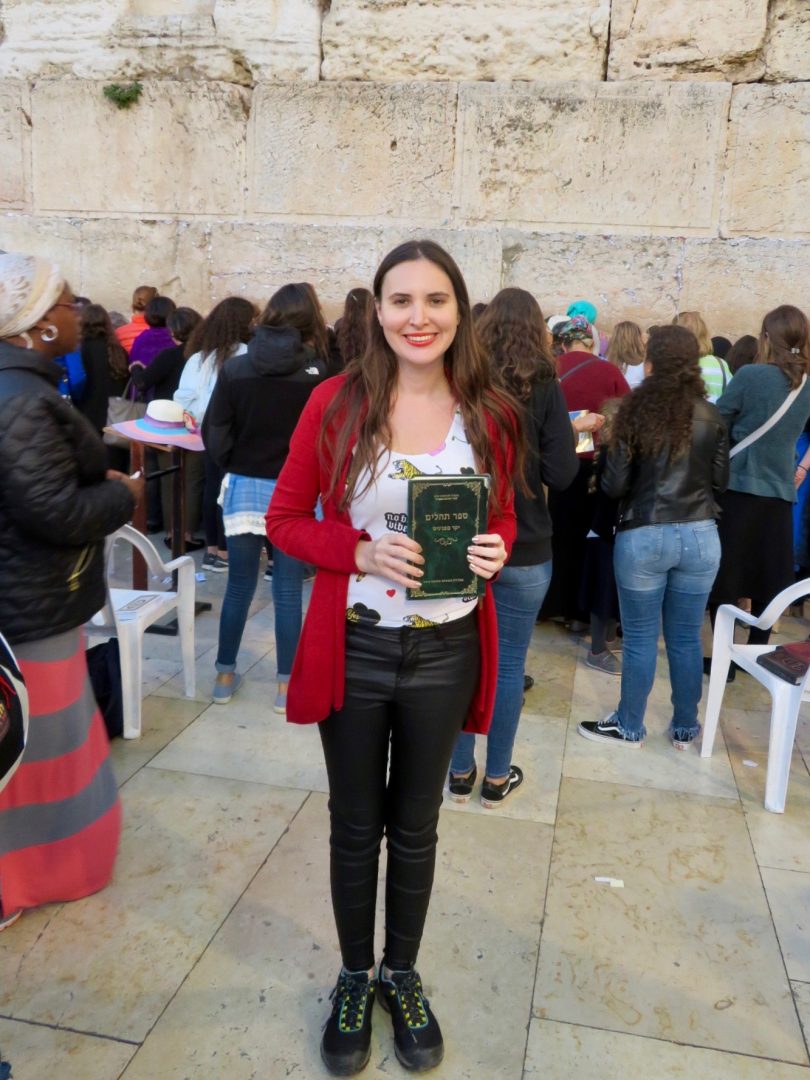

From Judea to Palestine
Emperor Hadrian rebuilt the city of Jerusalem in 135 but decided to change the name to Aelia Capitolina, which obviously caused a revolt on the part of the Jews. They exiled the Jews again and the territory of Judea passed to be the Roman province of Syria Palestine or Palestine.
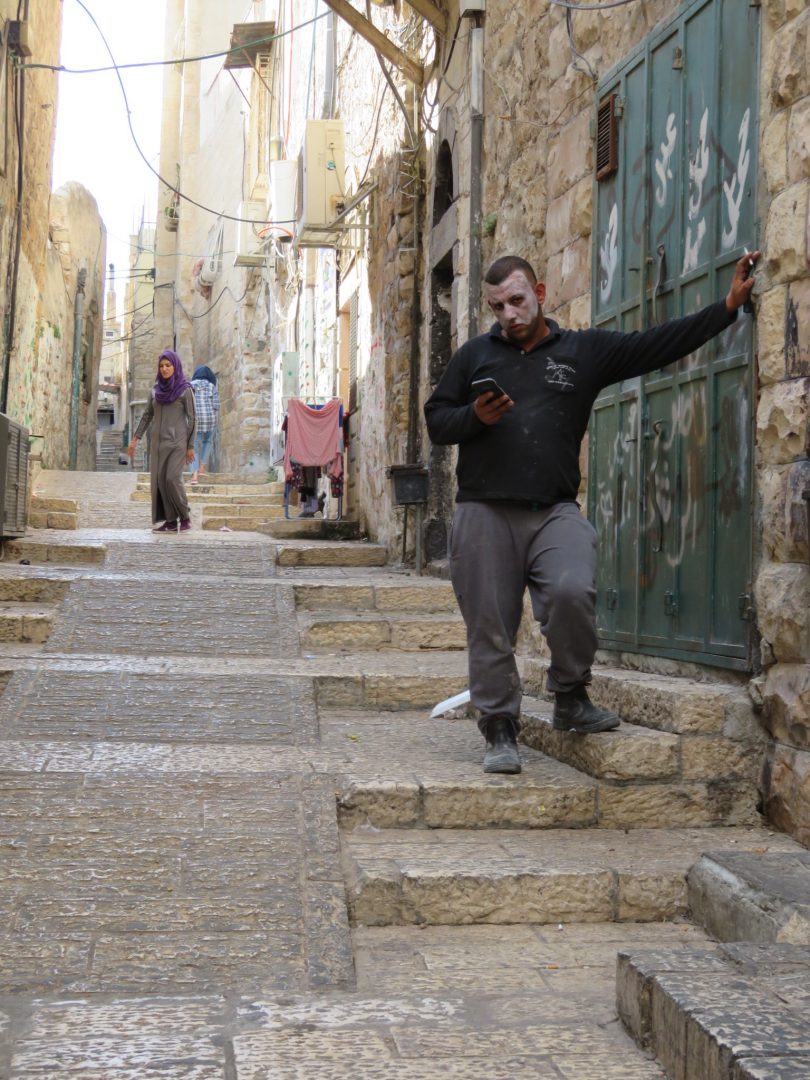
The church of the Holy Sepulcher was built in the year 326 by the Emperor Constantine and Jerusalem becomes one of the most important places for Christianity. In 638 the Muslims arrive and decide that the city is also sacred to them. Between 687 and 691, the Dome of the Rock was built in the center of the Temple Mount (the former temple of King Solomon) and the Al-Aqsa Mosque in 710.

At the time of the Crusades, Pope Urban II in 1095 decided that they had to recover the city from the Muslims. They massacred all and created the Kingdom of Jerusalem with its own King. In 1244 the Muslims returned to take the city. So many conquests destroyed the walls again and again. The doors and walls of the city that are currently seen were built in the years 1535-1542 by the Turkish Sultan Suleiman the Magnificent. Jerusalem continued as part of the Ottoman Empire until the end of the First World War.


The Temple Mount
Nowadays, four walls of the ancient temple exist, including the Western Wall (Wailing Wall). These walls created a flat platform (the Temple Mount) on which the temple was built. This site is sacred for all three religions. There are 11 entries, but 10 are reserved for Muslims. Only one, that of Mughrabi, serves to enter if you are not a Muslim and is guarded by the Israeli police.
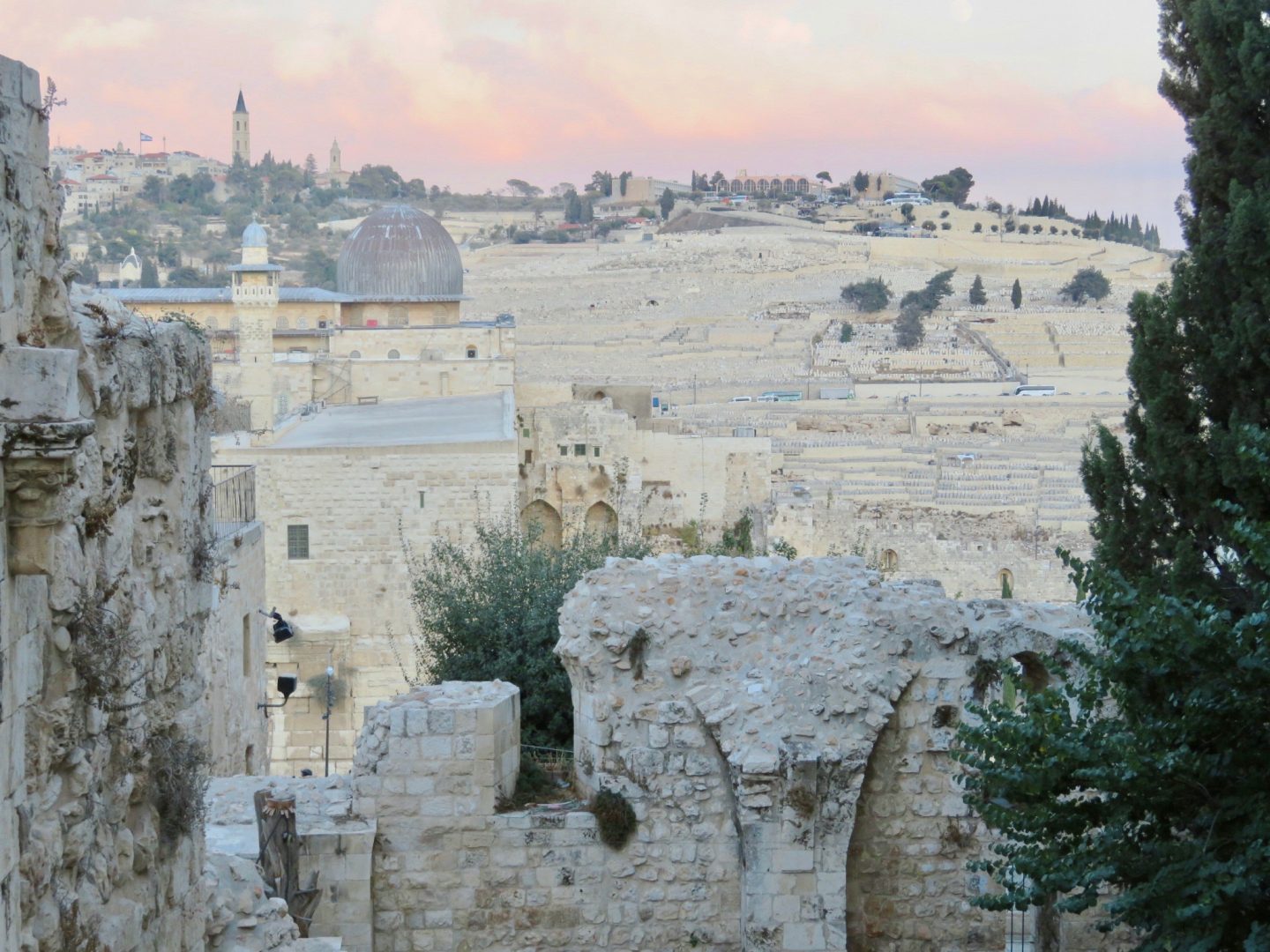
Jewish tradition says that a third and last temple will be built on this site. Since it is a very sacred place, many Jews do not walk on it to avoid stepping on the Sanctum Sanctorum or “Holy of Holies.” That site contained the Ten Commandments, which were given by God to Moses at Mount Sinai. It is located below the Dome of the Rock.
Status quo
Since Israel took control of the area in 1967, a restriction was imposed to maintain the status quo. It was forbidden to put the flag of Israel on the site. In addition, the prohibition to enter was placed according to temei ha’met (impurity by contact with the dead). Jews can visit, just like Christians, but only as tourists and at assigned times. If you are not a Muslim, you can not pray on the Temple Mount. The place of prayer for the Jews is the Wailing Wall.


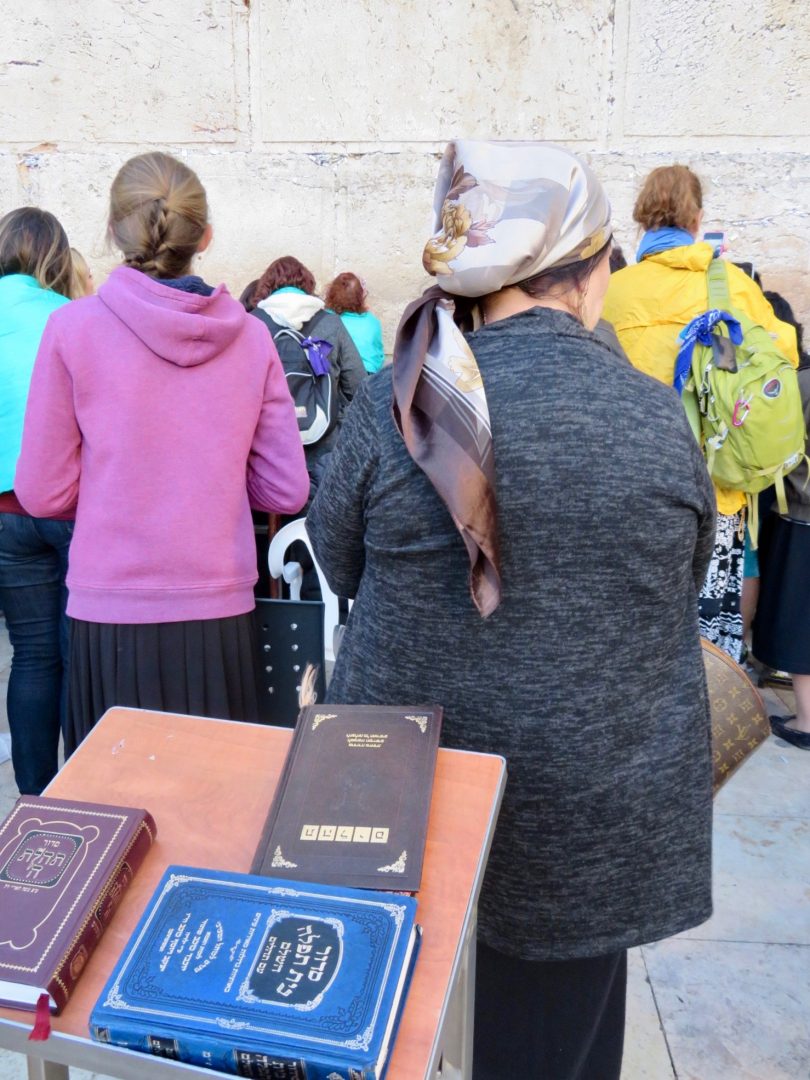
Since the 18th century there is a custom of putting papers with prayers to God in the cracks of the Wailing Wall. The Jews believe that there is a divine presence on the wall. More than a million notes of tourists and Jews are placed every year. As there is no space they are collected twice a year and burned on the Mount of Olives.

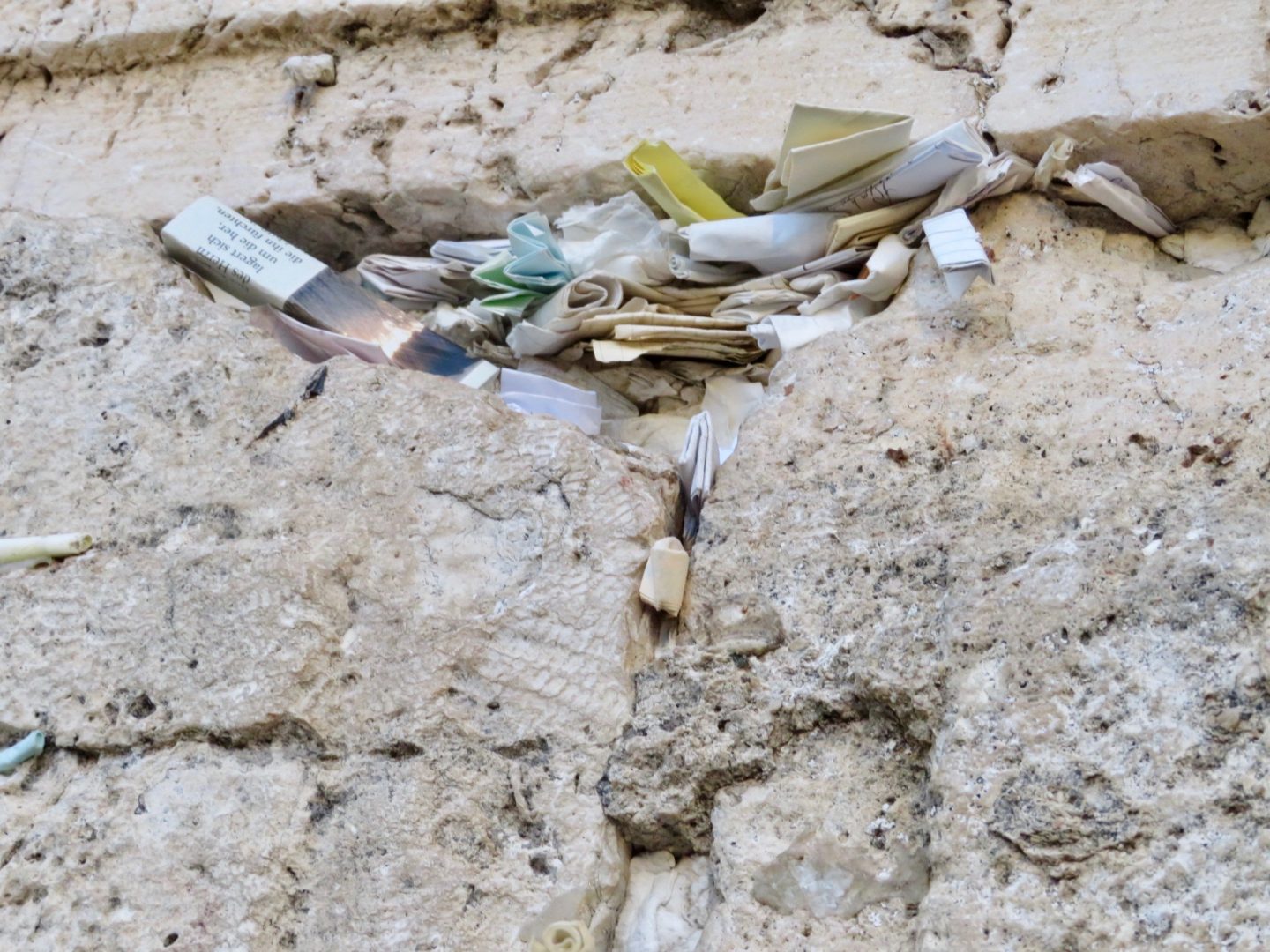
There have been many conflicts in the area because of the distrust of the possibility of the destruction of the sacred sites from both parties. Currently, the Temple Mount is guarded by Jordan as part of the peace treaty agreement with Israel.
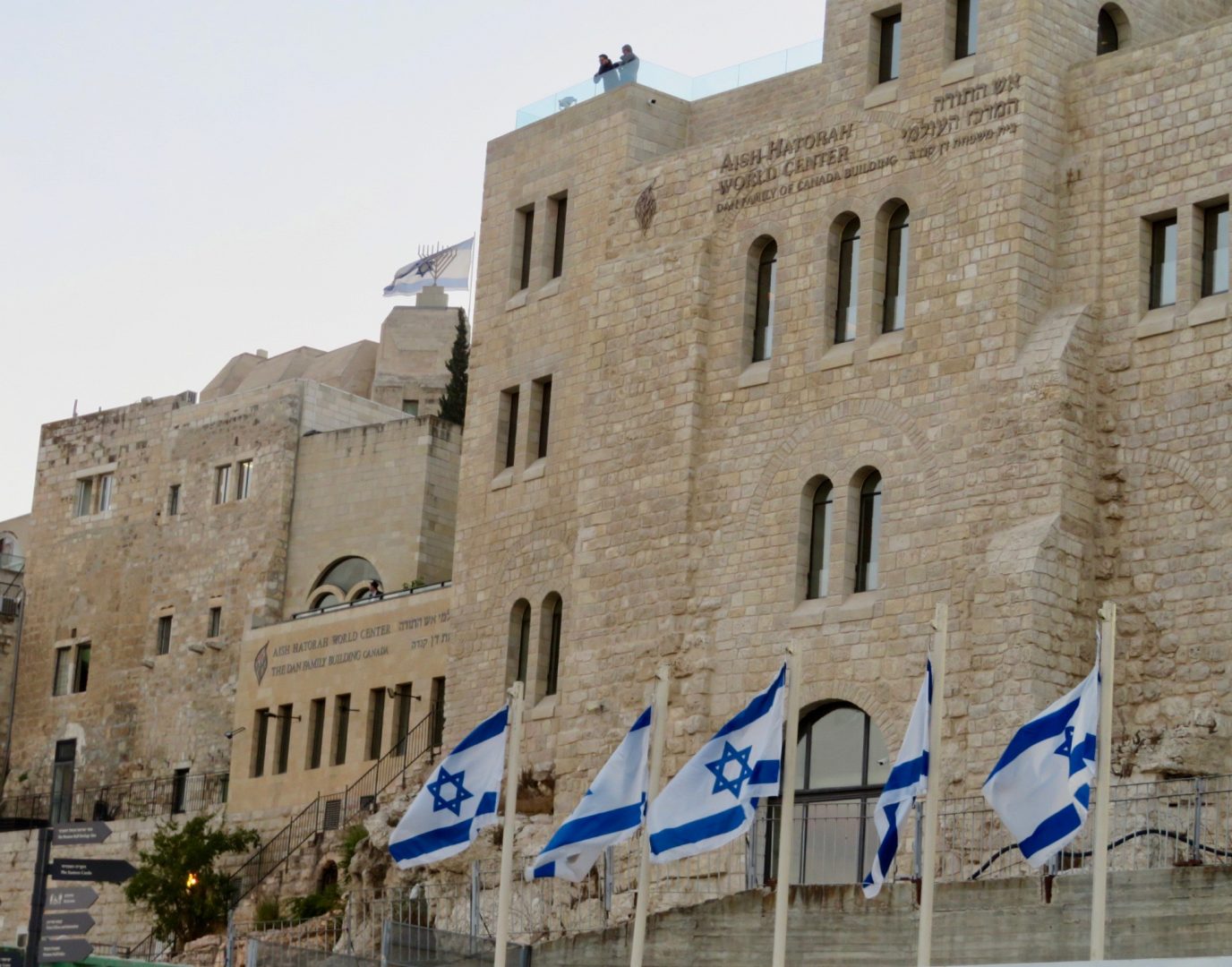
For the Jews the stone is sacred because it was where Abraham prepared to sacrifice his son Isaac. While Muslims say the rock is the site from which the Islamic prophet Muhammad ascended to Heaven accompanied by the angel Gabriel.
My visit in Jerusalem
The first time I went they did not take us to the Temple Mount since we were students invited by the government of Israel.
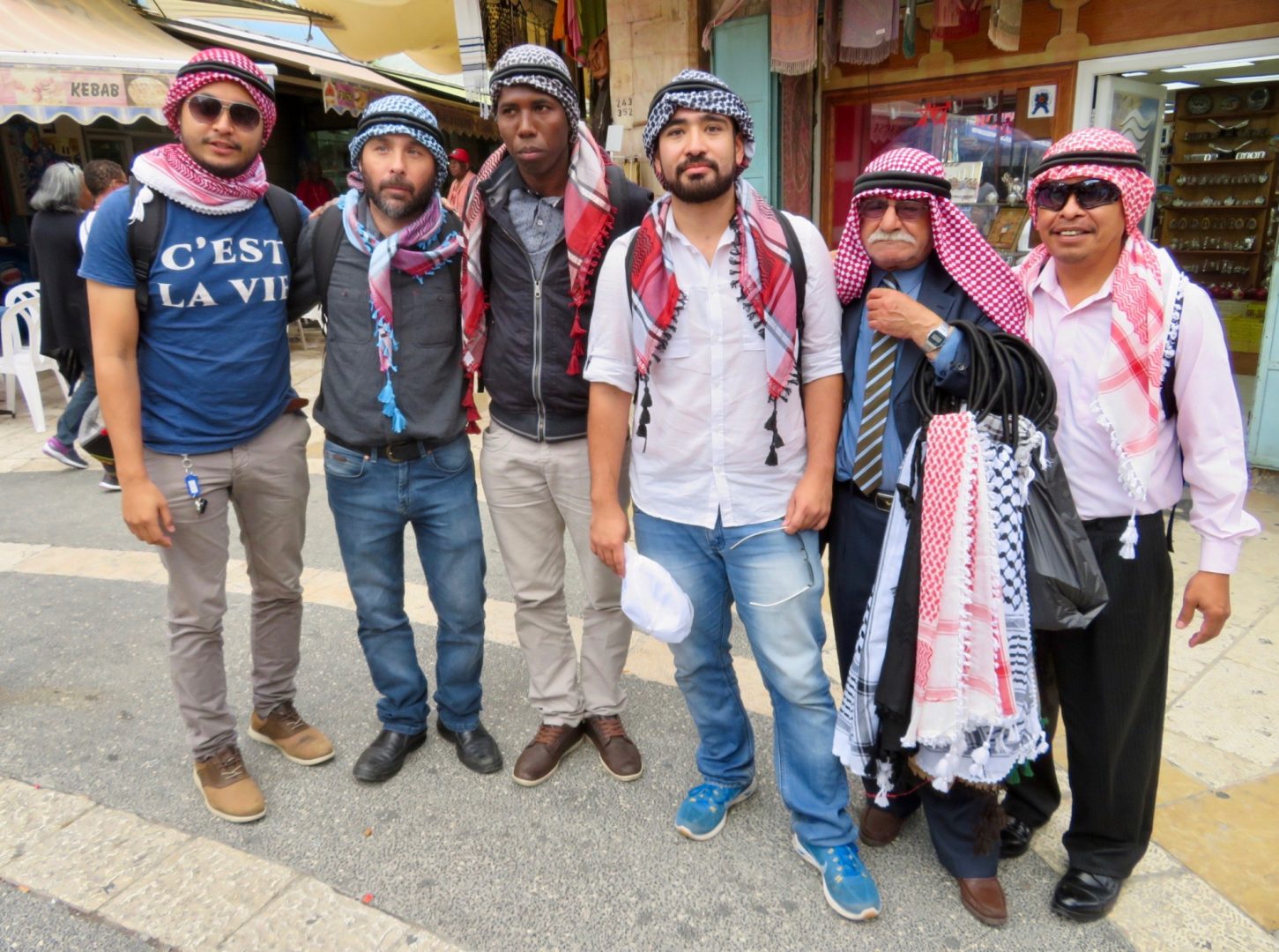
When I returned, at the end of the course I only stayed one night. I preferred to go to Bethlehem in Palestine and see The Walled Off Hotel of Banksy.
Being honest, I felt that Jerusalem was a tense city. When we went to the Wailing Wall we saw people praying protected by snipers on the roofs. If you looked closely you could see red spots on the floor. I love seeing the faith of people, but at the same time I hate the division created by religious differences.
What I liked about Jerusalem was my hotel Villa Brown Boutique Hotel. There are many options of hotels in Jerusalem. Also the Mahane Yehuda market where I could taste delicious meals, including many typical things.
